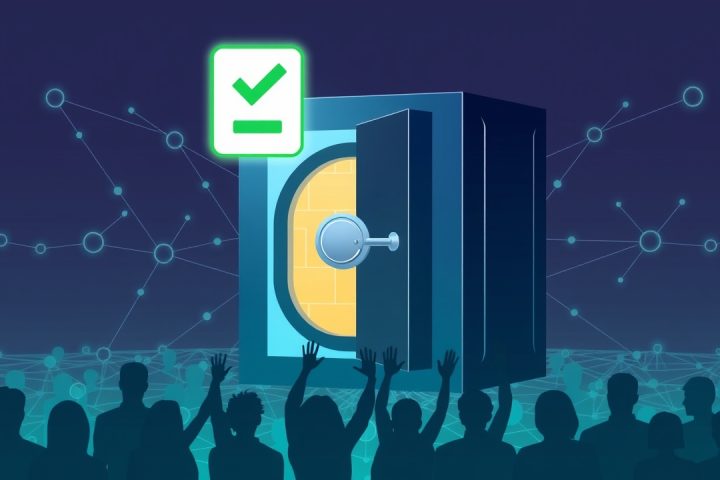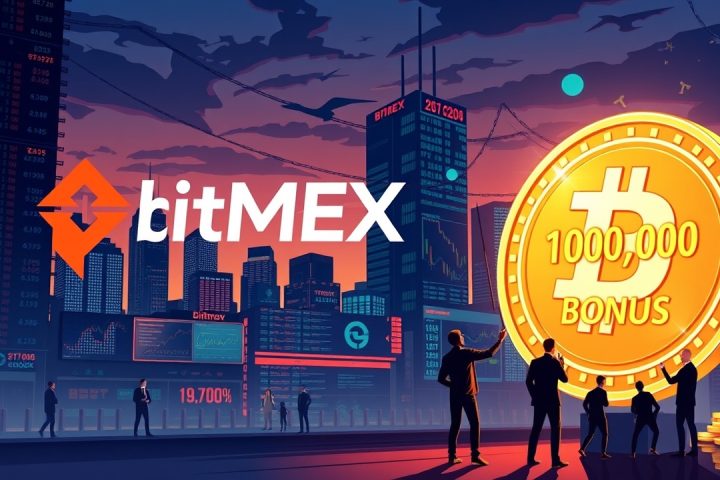FDIC Shifts Approach on Crypto Assets
The Federal Deposit Insurance Corporation (FDIC) is shifting its approach to allow U.S. banks to engage more freely with crypto assets, including the usage of public, permissionless blockchains. During the American Bankers Association’s Washington Summit on April 8, FDIC Acting Chairman Travis Hill detailed the agency’s evolving guidelines on cryptocurrencies.
Regulatory Guidelines and Safeguards
Historically, U.S. banking authorities have been hesitant towards public blockchains, while international counterparts have embraced their use for some time. Acknowledging this, the FDIC now believes that imposing a total ban on these technologies is overly restrictive. Hill emphasized that adequate regulatory safeguards are essential as banks begin to operate in this area.
The FDIC is currently reviewing previous guidance published earlier this year regarding blockchain interaction and is seeking to establish more concrete standards for the responsible participation of banks in these digital environments. They are examining the potential for regulated banks to utilize a permissioned model on public blockchains, necessitating scrutiny of how various configurations can be defined and regulated.
Further Guidance on Digital Assets
Hill announced that the FDIC plans to issue further guidance specific to different scenarios involving digital assets. The agency is assessing various factors concerning crypto activities, regulation of blockchain-based financial products, and the risk management frameworks that banks must implement while engaged in these endeavors. The overarching aim is to create a balanced and explicit regulatory environment that fosters innovative growth while adhering to established safety and soundness standards.
Hill pointed out that the FDIC’s updated guidelines signify a pivotal change in the perspective on cryptocurrencies within the U.S. banking framework.
Notably, the agency has abolished the prior requirement for banks to inform the FDIC before they dive into digital asset initiatives.
Concerns Around Stablecoins
Hill also addressed the rising concern surrounding stablecoins, focusing on possible legislative reforms from Congress. He mentioned that the FDIC is exploring revisions to deposit insurance regulations, particularly concerning the eligibility of stablecoin reserves for deposit protection. Important considerations include managing liquidity risks, implementing measures against illicit financial activities, and establishing robust cybersecurity protocols.
Future Oversight and Concepts
Previously, in 2020 and 2021, the U.S. Office of the Comptroller of the Currency (OCC) permitted national banks to undertake a variety of crypto-related services, reflecting a growing acceptance of these technologies. Now, the FDIC is contemplating whether to expand its oversight directives or refine the scope of allowable operations in this domain.
The discussion extended to the regulatory stance on tokenized real-world assets, emphasizing the need for precise oversight of tokenized bank deposits. Hill articulated that “a deposit is a deposit, regardless of the technology used.” However, he raised alarms about the implications of smart contracts that allow counterparties to withdraw funds at par should a bank fail, which may escalate clearing costs unless appropriate safeguards are in place.
This concern prompts the FDIC to seek technological solutions that might prevent unforeseen fund outflows during a bank’s resolution process. Hill identified a crucial challenge: reconciling on-chain programmability with conventional regulatory frameworks aimed at ensuring an orderly process when financial institutions fail.
The FDIC’s developments underline a commitment to clarity around banking’s interaction with digital assets while stressing the importance of robust risk management and regulatory clarity regarding what activities are permissible.











